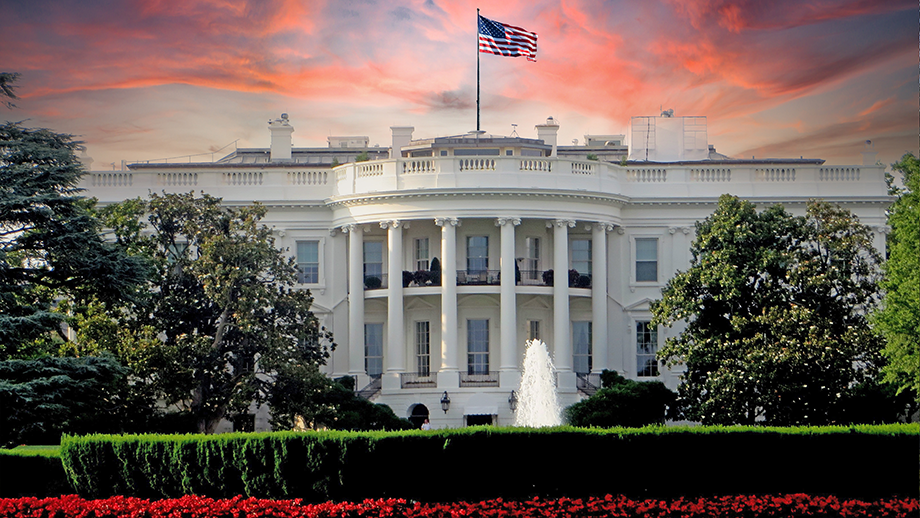Key Takeaways from the April 2025 Executive Order
On April 2, 2025, President Trump issued an Executive Order titled “Modernizing Defense Acquisitions and Spurring Innovation in the Defense Industrial Base.” This directive signals a major shift in how the Department of Defense (DoD) acquires technology, emphasizing speed, flexibility, and inclusion of non-traditional contractors.
1. Streamlining Acquisition Processes
The EO calls for rapid reforms to outdated procurement systems. Within 60 days, the DoD must present a plan to expedite acquisitions using tools like Other Transaction Authority (OTA) and the Adaptive Acquisition Framework. These methods prioritize commercial solutions, reduce administrative delays, and will now be default mechanisms for many contracts.
To reduce bureaucracy, DoD is tasked with eliminating unnecessary regulations—following a “ten-for-one” rule for new rules—and centralizing approval authority to improve agility.
It also mandates reviews of the Joint Capabilities Integration and Development System (JCIDS) and Major Defense Acquisition Programs (MDAPs). Underperforming programs that are over budget or delayed may be recommended for cancellation, reallocating funds to higher-priority efforts.
2. Lowering Barriers for Non-Traditional Contractors
The EO encourages more participation from small businesses and startups by streamlining contracting pathways and removing compliance burdens. OTAs and FAR Part 12 procedures make it easier for commercial vendors to do business with DoD.
By emphasizing commercial technology and reducing customization requirements, the EO lowers longstanding barriers that have kept emerging tech firms from engaging in defense work. Expect more solicitations tailored for these players, including challenge-based procurements and expanded SBIR/STTR opportunities.
3. Enhancing Coordination and Oversight
The order integrates acquisition reform with budget oversight, involving the Office of Management and Budget (OMB) in program reviews. It also pushes for stronger cross-agency and inter-service coordination, ensuring consistent requirements and reducing siloed efforts across branches.
4. Empowering the Workforce and Expanding Innovation
DoD must retrain its acquisition workforce to utilize innovative contracting tools and reward personnel for adopting commercial-first approaches. This cultural shift will encourage risk-taking and open the door to new suppliers.
Simultaneously, the EO reinforces the need to modernize the industrial base through expanded engagement with small businesses and critical tech developers. Fields like AI, cybersecurity, space, hypersonics, and advanced manufacturing are expected to benefit most from new investments and procurement activity.
Recommendations for Industry
- Embrace Speed and Agility: Rework your BD approach to target fast-track opportunities like OTAs and commercial item buys. Be ready to move quickly—develop short proposal cycles, have white papers on hand, and monitor rapid acquisition channels.
- Stay Ahead of Regulatory Reform: Track changes to DFARS and other procurement policies. Prepare internal teams for OTA compliance and simplified pathways. Contractors must also meet performance targets to avoid risk under increased DoD scrutiny.
- Prioritize Dual-Use and Critical Tech: Align R&D with defense priorities—AI, autonomy, energy, and cyber among them. Leverage SBIR/STTR to transition commercial innovations into DoD applications.
- Engage with Innovation Hubs: Work with groups like DIU, AFWERX, and NavalX. Attend industry days and pitch events. Be visible and proactive—relationship-building will be critical in this evolving landscape.
- Plan for Continuous Competition: Expect more frequent performance reviews. Continuously improve delivery, reduce costs, and explore new opportunities as legacy programs face cuts and reallocation.
What's Ahead
As the Executive Order moves into implementation, contractors should closely track how the Department of Defense rolls out acquisition reforms over the coming months. Key developments include updates to procurement workflows, workforce training, and streamlined regulatory guidance.
This Executive Order sets the stage for a more adaptive, innovation-driven defense acquisition system. For contractors and startups alike, it offers new avenues for engagement—but also new performance expectations. Those who act now to align with this shift will be well-positioned to shape the future of the defense industrial base. Now is the time for businesses to assess their readiness, adapt to a faster procurement tempo, and align offerings with the government’s evolving priorities.
If your company has considered applying for federal funding, your federal funding journey starts here. EverGlade Consulting is a national firm that helps organizations win and manage federal awards. We offer services ranging from Pursuit, Proposal and Post-Award support to comply with federal regulations at agencies including BARDA, ASPR, NIH, DTRA, JPEO, DOD, DIU, DOE, and DARPA.



